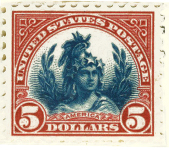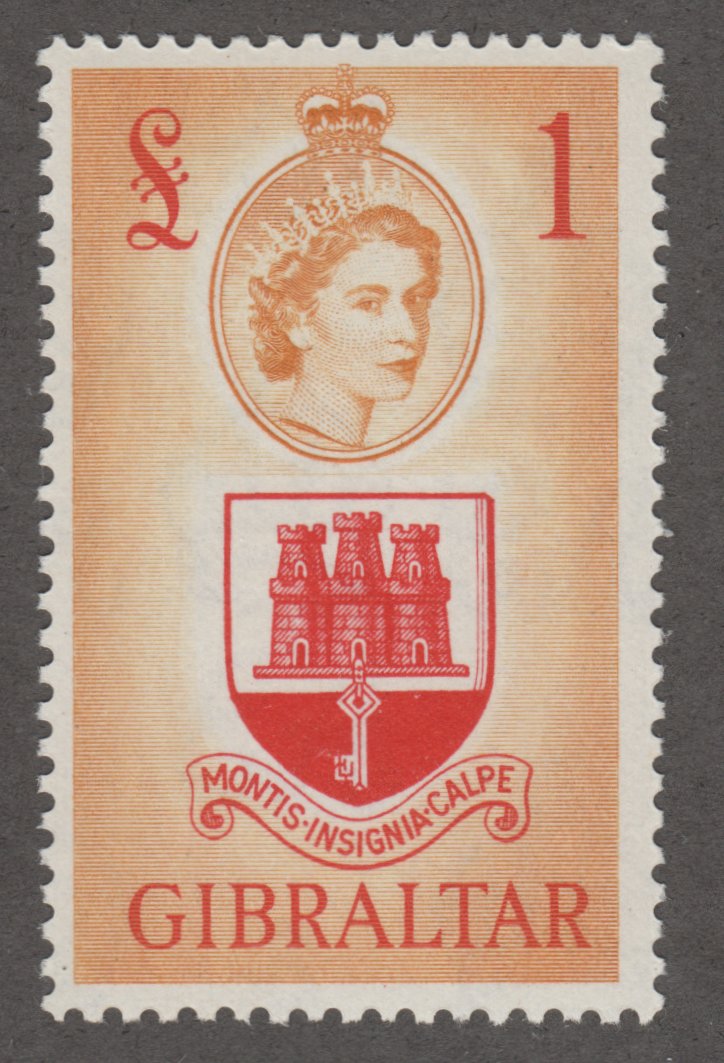
Discussion - Member to Member Sales - Research Center

Discussion - Member to Member Sales - Research Center


Login to Like
this post
This is a Philippines Scott #N13

Login to Like
this post
It's a Philippine Islands stamp issued during the Japanese Occupation.
The regular postage stamps of Vietnam (1951-1954) and those the Republic of South Vietnam (1955-1975) are inscribed "Viet-Nam Cong Hoa / Buu-Chinh". (The written Vietnamese language(s) have diacritical marks which my computer is not capable of reproducing.)
The regular stamps of the Republic of North Vietnam (1951 - 1976) are inscribed "Viet-Nam Dan-Chu Cong-Hoa".
After the Vietnam War, North and South Vietnam were unified, and stamps began to be inscribed "Viet-nam / Buu-Chinh".
Both South and North Vietnam issued back-of-the-book stamps with inscriptions different from those above, but all Vietnam stamps, North and South, include "Viet-Nam".
Vietnamese philately is quite complex, especially if you don't know the language. If you include French Indochina as part of a "Vietnam" collection, you'll have a lifetime collecting challenge. I've limited myself to collecting Indochina stamps which tell the story of French colonization and to Vietnamese stamps which clearly illustrate various aspects of the countries' torturous history and military conflicts, especially what Vietnamese call the "American War," which I was unfortunate enough to be a part of.
Bob

Login to Like
this post

12:16:30pm
Usually one can determine Filipino stamps from the name boldly printed somewhere across the face of the stamp in Roman Letters.
However in 1941 Japan landed troops and within about six months the country was captured, MacArthur was forced to withdraw to Australia, the troops on Corrigador and Bataan driven on what is referred to as the "Bataan Death March". The islands were incorporated into what was called the "Greater East Asia Co-Prosperity Sphere".
That is why there are Japanese charactors identifying the country.

Login to Like
this post
After the Japanese army (Gen. Homma) invaded the Philippines in 1941, the Manila Post Office was ordered closed while a puppet government and "National Bank" were organized. Once it reopened in early 1942, current Commonwealth of the Philippines stamps were overprinted with bars to obliterate United States of America while leaving the words "Philippine Islands" intact to identify the country. Later in the war, the occupation authorities began overprinting existing stocks of Commonwealth stamps in Japanese to commemorate events such as the Fall of Corregador. A set showing the Bataan area was printed in Japan for this purpose as well. After that, a long definitive set was printed in Japan for use by the puppet government. However, those were the last of the Japan printed stamps and the remaining stamps issued during the occupation was locally printed in Tagalog, the Philippine National Language. The Puppet Government was granted "Independence" in 1943 with President Laurel appointed to head the government. The scarcest locally produced stamp to find is the high value of the Food Production semipostal issue. That set of 3 stamps also exists as Imperforate Proofs. These proofs have been authenticated by the Philatelic Foundation as genuine. Only 200 of each Proof exists. I hope this helps.
Dave

1 Member
likes this post.
Login to Like.
Japan issued this semi-postal stamp on Dec. 8, 1942 to commemorate the attack on Bataan:

Many of the American soldiers who were captured at Bataan were from my home town, Silver City, New Mexico. They had been members of the National Guard who were called up and sent to the Philippines. When I was in high school, I got a job selling cameras and photography supplies in a drugstore owned by Bobby Jackson, Jr., who was one of those soldiers. Unfortunately, I wasn't well-versed in American history (not my fault, I was educated in the U.S.!), so I never realized the opportunity I had to ask Bobby to tell me about his experiences. He might not have done so, of course, but I do wish I had asked!
A few years earlier, my family had adopted a dog from an older couple, Mr. and Mrs. Herndon, who had been unfortunate enough to be in the Philippines when the Japanese attacked. They were interned in the infamous Santo Tomas Internment Camp in Manila, where they almost died of starvation. When the Americans arrived, they were evacuated on an armoured personnel carrier; Mrs. Herndon was deaf in one ear because she had had to sit next the unmuffled exhaust pipe of the APC.
Finally, Dave mentions Gen. Homma. Homma was executed as a war criminal for his responsibility for the mistreatment of prisoners on the Bataan Death March, but his execution was apparently more for propaganda purposes than for the purposes of justice. He had given strict orders against the mistreatment of prisoners, but the "fog of war" resulted in his being miles away from the march itself and unable to communicate with his subordinates, who ignored his orders. The book Trial of Generals by Lawrence Taylor makes an excellent argument for his innocence and General MacArthur's culpability. (The other general, who was also executed, was General Yamashita, who was also judged responsible for atrocities he was unaware of, some perpetrated by Japanese sailors who weren't even under his command.)
Bob

Login to Like
this post

06:23:47pm
Show trials after a war are an example of the rule that the victors write the history.
Eventually the truth leaks out in drips and drabs for those who seek it.

1 Member
likes this post.
Login to Like.
10:34:05am
It looks like a Vietnam stamp, but, then, I'm not the expert..Please id this stamp...Thnx......Abe

Login to Like
this post

Auctions
re: Philippines under Japanese Occupation
This is a Philippines Scott #N13

Login to Like
this post

re: Philippines under Japanese Occupation
It's a Philippine Islands stamp issued during the Japanese Occupation.
The regular postage stamps of Vietnam (1951-1954) and those the Republic of South Vietnam (1955-1975) are inscribed "Viet-Nam Cong Hoa / Buu-Chinh". (The written Vietnamese language(s) have diacritical marks which my computer is not capable of reproducing.)
The regular stamps of the Republic of North Vietnam (1951 - 1976) are inscribed "Viet-Nam Dan-Chu Cong-Hoa".
After the Vietnam War, North and South Vietnam were unified, and stamps began to be inscribed "Viet-nam / Buu-Chinh".
Both South and North Vietnam issued back-of-the-book stamps with inscriptions different from those above, but all Vietnam stamps, North and South, include "Viet-Nam".
Vietnamese philately is quite complex, especially if you don't know the language. If you include French Indochina as part of a "Vietnam" collection, you'll have a lifetime collecting challenge. I've limited myself to collecting Indochina stamps which tell the story of French colonization and to Vietnamese stamps which clearly illustrate various aspects of the countries' torturous history and military conflicts, especially what Vietnamese call the "American War," which I was unfortunate enough to be a part of.
Bob

Login to Like
this post
Silence in the face of adversity is the father of complicity and collusion, the first cousins of conspiracy..
25 Oct 2011
12:16:30pm
re: Philippines under Japanese Occupation
Usually one can determine Filipino stamps from the name boldly printed somewhere across the face of the stamp in Roman Letters.
However in 1941 Japan landed troops and within about six months the country was captured, MacArthur was forced to withdraw to Australia, the troops on Corrigador and Bataan driven on what is referred to as the "Bataan Death March". The islands were incorporated into what was called the "Greater East Asia Co-Prosperity Sphere".
That is why there are Japanese charactors identifying the country.

Login to Like
this post
07:48:20pm
re: Philippines under Japanese Occupation
After the Japanese army (Gen. Homma) invaded the Philippines in 1941, the Manila Post Office was ordered closed while a puppet government and "National Bank" were organized. Once it reopened in early 1942, current Commonwealth of the Philippines stamps were overprinted with bars to obliterate United States of America while leaving the words "Philippine Islands" intact to identify the country. Later in the war, the occupation authorities began overprinting existing stocks of Commonwealth stamps in Japanese to commemorate events such as the Fall of Corregador. A set showing the Bataan area was printed in Japan for this purpose as well. After that, a long definitive set was printed in Japan for use by the puppet government. However, those were the last of the Japan printed stamps and the remaining stamps issued during the occupation was locally printed in Tagalog, the Philippine National Language. The Puppet Government was granted "Independence" in 1943 with President Laurel appointed to head the government. The scarcest locally produced stamp to find is the high value of the Food Production semipostal issue. That set of 3 stamps also exists as Imperforate Proofs. These proofs have been authenticated by the Philatelic Foundation as genuine. Only 200 of each Proof exists. I hope this helps.
Dave

1 Member
likes this post.
Login to Like.

re: Philippines under Japanese Occupation
Japan issued this semi-postal stamp on Dec. 8, 1942 to commemorate the attack on Bataan:

Many of the American soldiers who were captured at Bataan were from my home town, Silver City, New Mexico. They had been members of the National Guard who were called up and sent to the Philippines. When I was in high school, I got a job selling cameras and photography supplies in a drugstore owned by Bobby Jackson, Jr., who was one of those soldiers. Unfortunately, I wasn't well-versed in American history (not my fault, I was educated in the U.S.!), so I never realized the opportunity I had to ask Bobby to tell me about his experiences. He might not have done so, of course, but I do wish I had asked!
A few years earlier, my family had adopted a dog from an older couple, Mr. and Mrs. Herndon, who had been unfortunate enough to be in the Philippines when the Japanese attacked. They were interned in the infamous Santo Tomas Internment Camp in Manila, where they almost died of starvation. When the Americans arrived, they were evacuated on an armoured personnel carrier; Mrs. Herndon was deaf in one ear because she had had to sit next the unmuffled exhaust pipe of the APC.
Finally, Dave mentions Gen. Homma. Homma was executed as a war criminal for his responsibility for the mistreatment of prisoners on the Bataan Death March, but his execution was apparently more for propaganda purposes than for the purposes of justice. He had given strict orders against the mistreatment of prisoners, but the "fog of war" resulted in his being miles away from the march itself and unable to communicate with his subordinates, who ignored his orders. The book Trial of Generals by Lawrence Taylor makes an excellent argument for his innocence and General MacArthur's culpability. (The other general, who was also executed, was General Yamashita, who was also judged responsible for atrocities he was unaware of, some perpetrated by Japanese sailors who weren't even under his command.)
Bob

Login to Like
this post
Silence in the face of adversity is the father of complicity and collusion, the first cousins of conspiracy..
08 Oct 2015
06:23:47pm
re: Philippines under Japanese Occupation
Show trials after a war are an example of the rule that the victors write the history.
Eventually the truth leaks out in drips and drabs for those who seek it.

1 Member
likes this post.
Login to Like.

